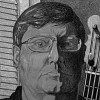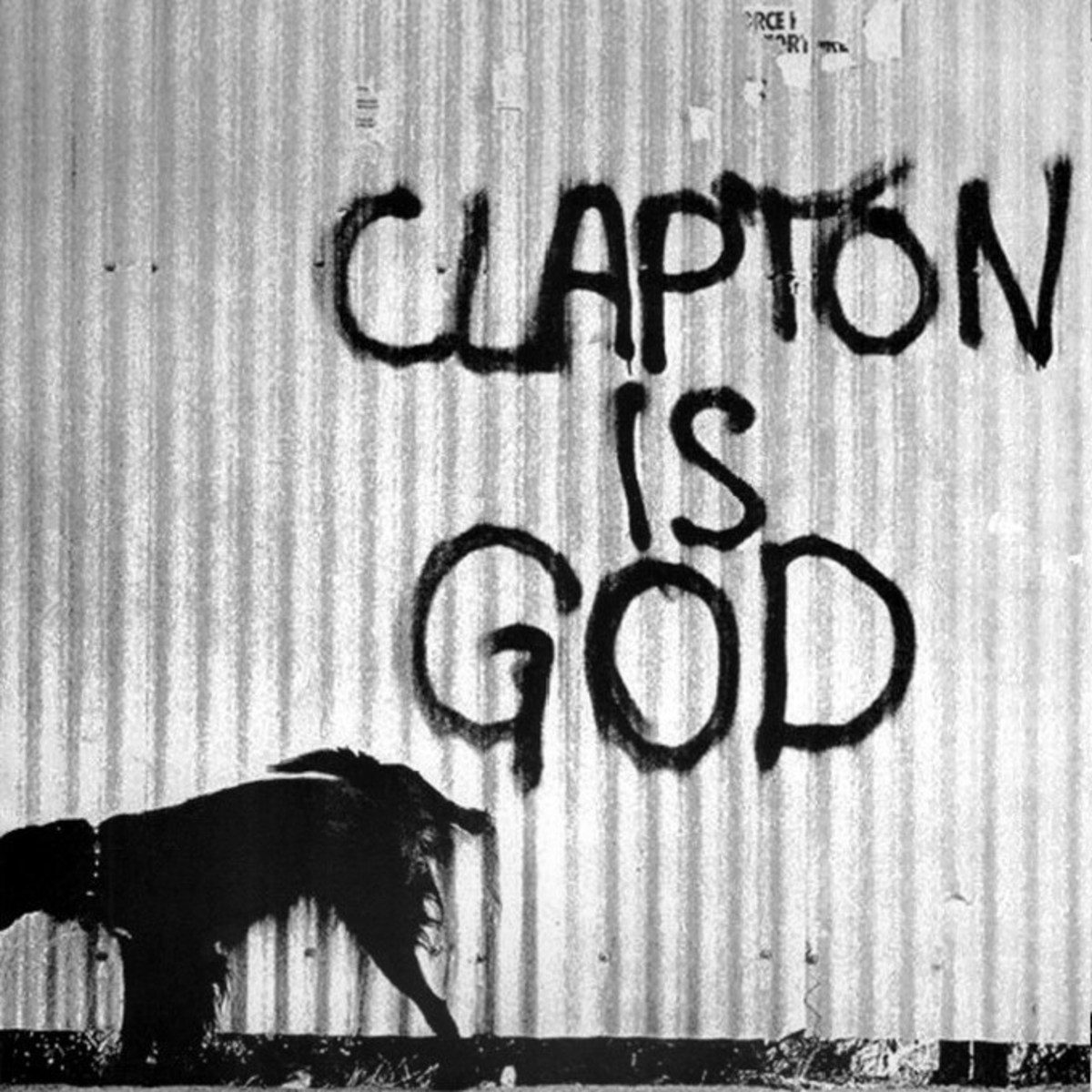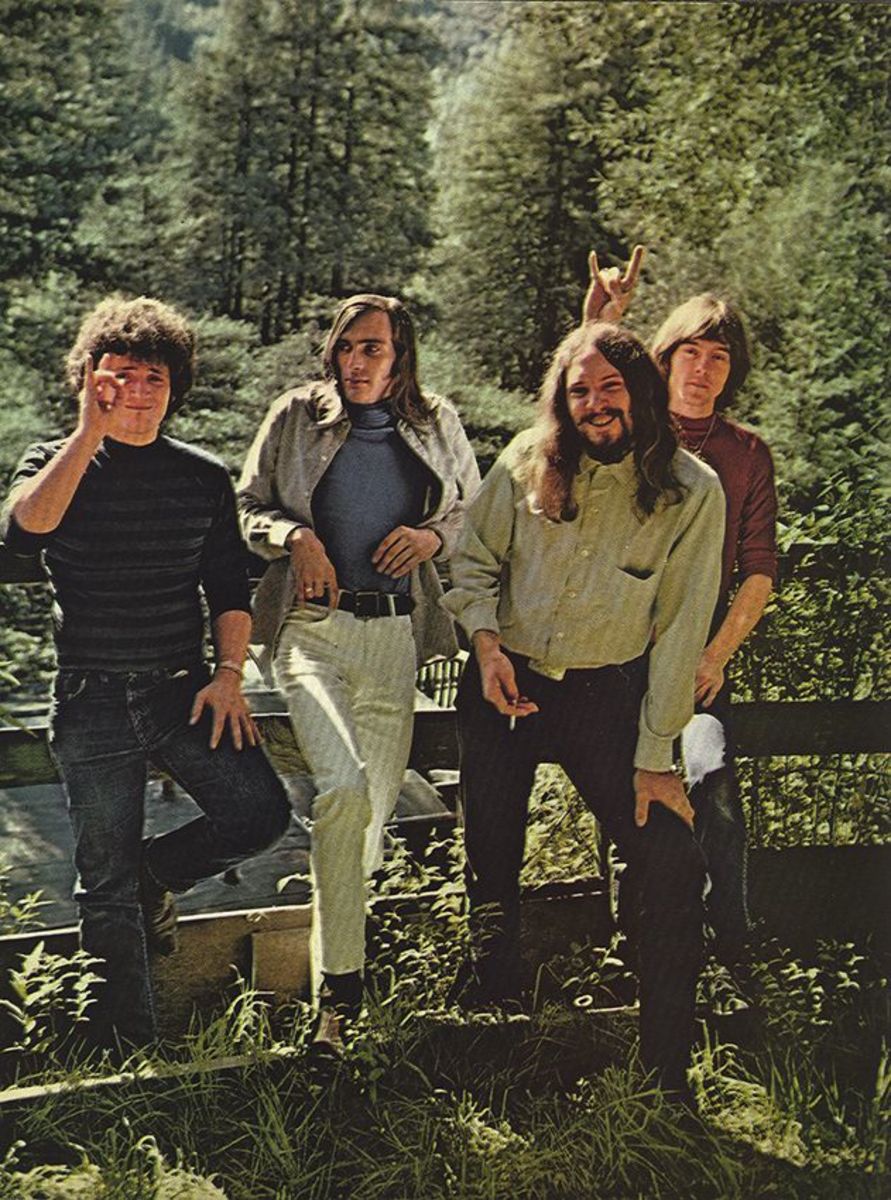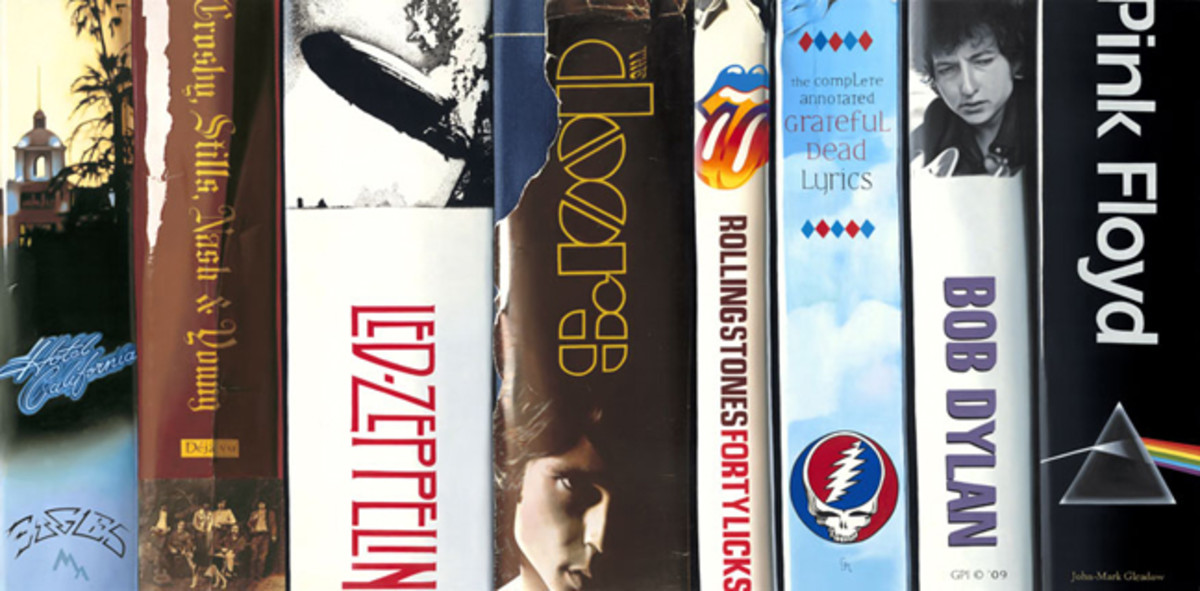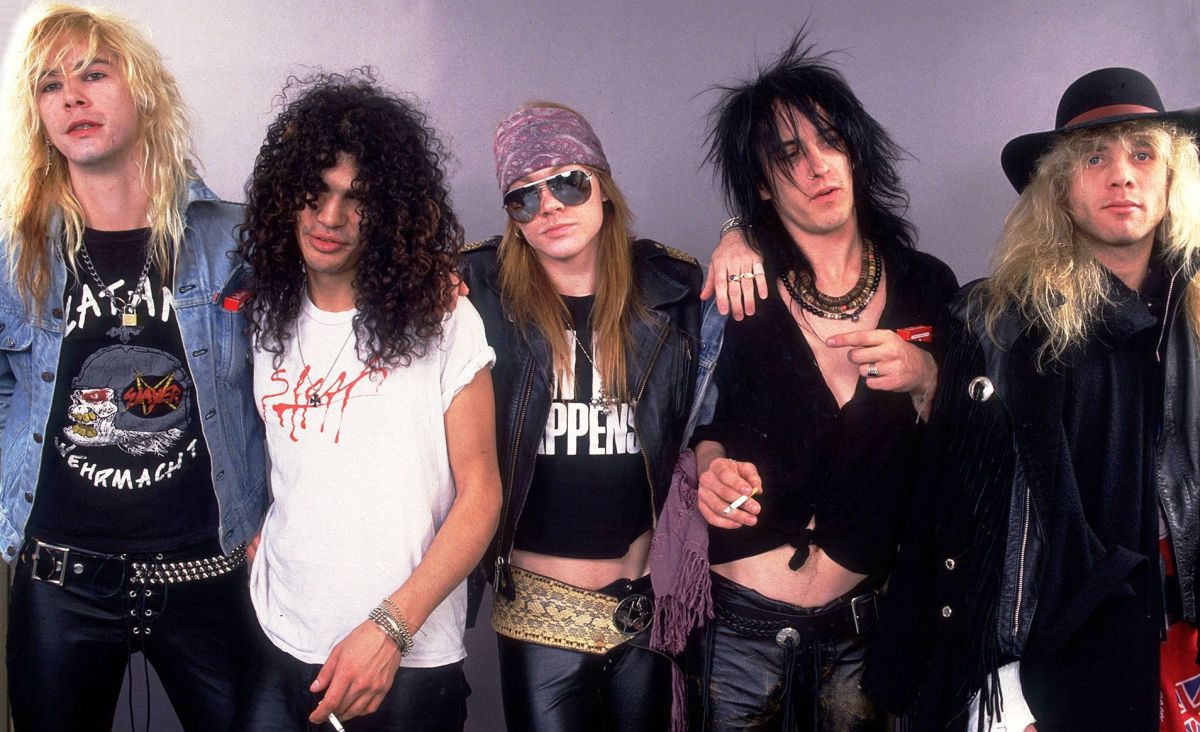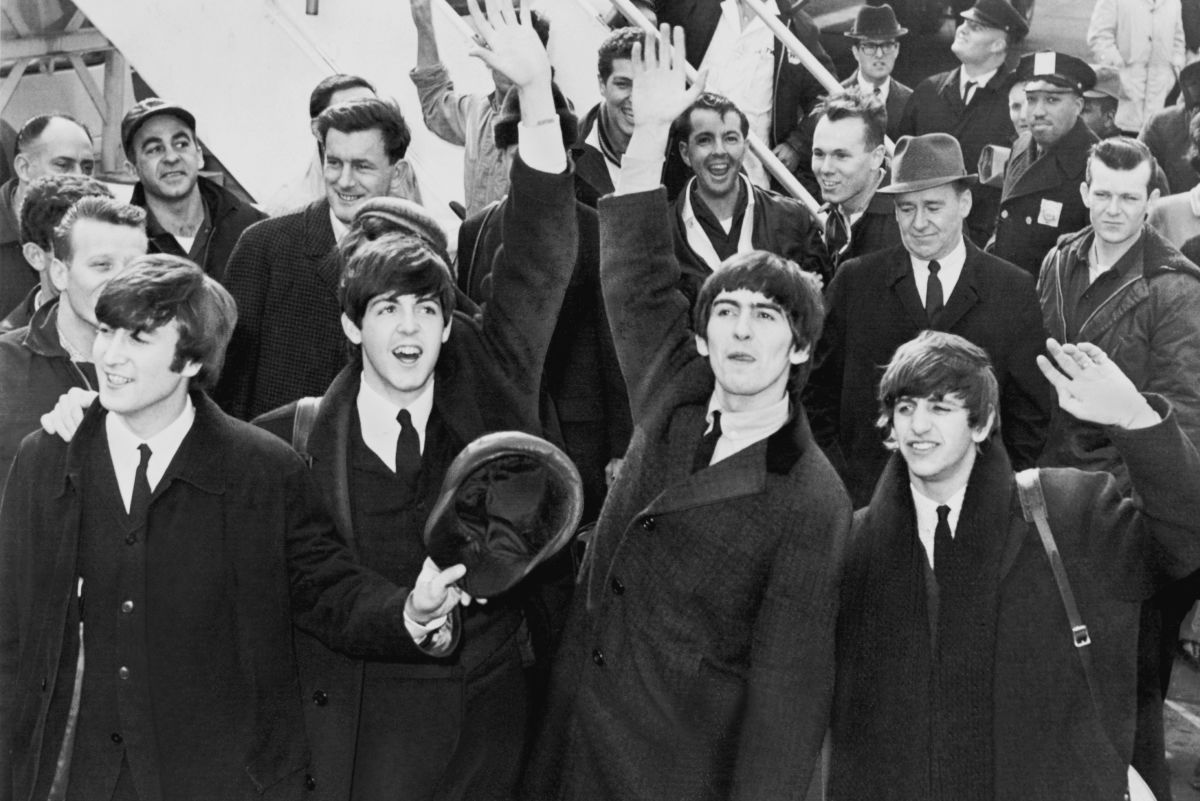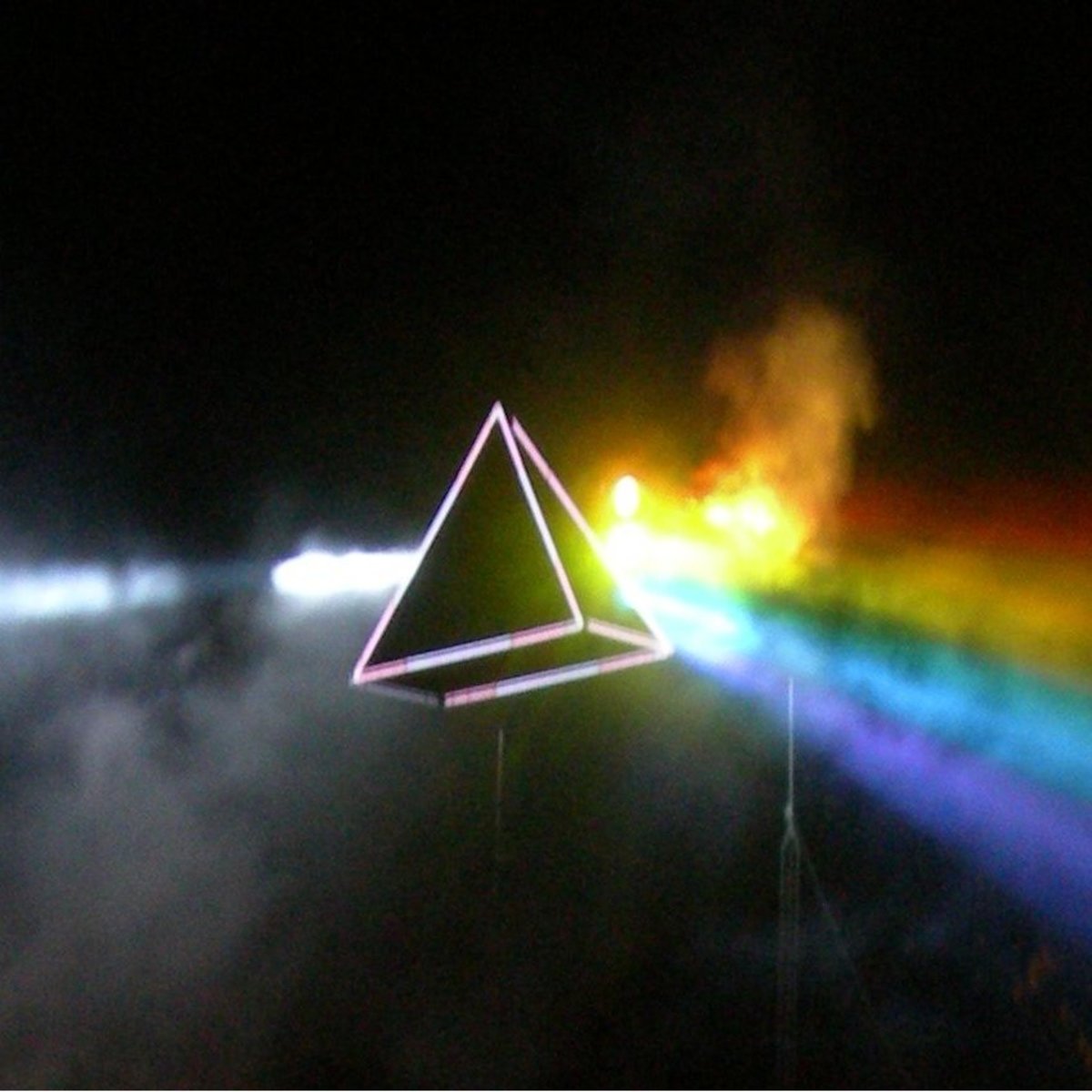Eric Clapton - Bands
At number two on Rolling Stone magazine's list of 100 Greatest Guitarists - right behind Jimi Hendrix - is Eric Clapton. People only familiar with Clapton's solo career are sometimes puzzled to see him so high on the list. This is because the playing that earned Clapton that #2 slot occurred not during his solo career, but during stints as lead guitarist for some of the greatest bands in rock and blues history.

Clapton, Beck and Page
When Clapton left the Yardbirds, he was replaced by Jeff Beck who, in turn, was replaced by Jimmy Page. Page and Beck are #3 and #5, respectively, on Rolling Stone's Top 100 list, making the Yardbirds the former home of three of the top 5 guitarists of all-time.
The Yardbirds
The Yardbirds were a London-based blues band that formed in the early 1960s. Their initial releases, featuring Clapton on lead guitar, were covers of songs originally recorded by American blues artists, such as I Wish You Would by Billy Boy Arnold, Good Morning Little Schoolgirl by Sonny Boy Williamson and Smokestack Lightning by Howlin' Wolf.
The Yardbirds soon began to move toward a more-mainstream rock sound, including some of the psychedelic sounds that were making their way into popular music. In 1965, for example, they recorded For Your Love, which contained a harpsichord, bongo drums, and changing tempos. The song became the band's first big hit, but Clapton, unhappy that the band was straying from their blues roots, quit the band soon thereafter to become a member of the Bluesbreakers.
In 1992, Clapton was inducted into the Rock and Roll Hall of Fame as a member of the Yardbirds.

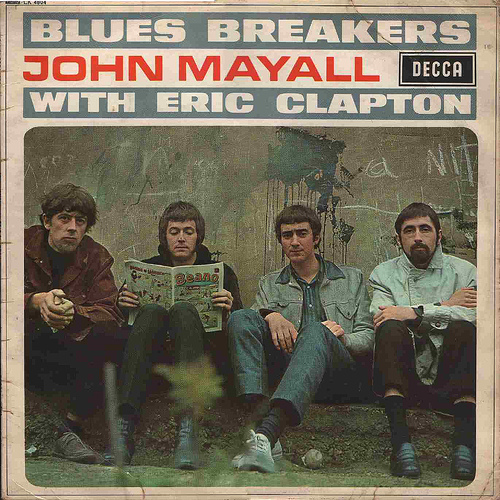
John Mayall's Bluesbreakers
The Bluesbreakers were a British blues band led by John Mayall, a singer who was also a talented at several instruments, including guitar, piano and harmonica. The album Blues Breakers with Eric Clapton, consisting mostly of blues covers such as Hideaway by Freddy King and Robert Johnson's Ramblin' on my Mind, was Mayall's breakthrough album, and was the record that put Clapton at forefront of the British blues scene. It was after this album that fans began hanging "Clapton is God" banners at Bluesbreakers' concerts.
The bassist on the album was John McVie, who would go on to form Fleetwood Mac with Mick Fleetwood, but another bassist named Jack Bruce also played with the Bluesbreakers during Clapton's time there. In 1966, Clapton and Bruce left the Bluesbreakers to form Cream.

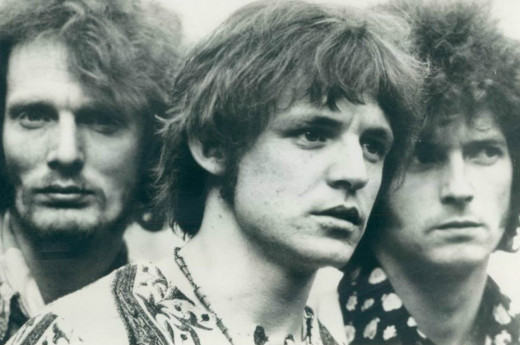
Cream
One of the truly great bands of the 1960s, Cream consisted of Eric Clapton, Jack Bruce and drummer Ginger Baker, with whom Bruce had played in a previous band. Cream played a heavy form of blues-rock, with some psychedelic influences (ironic, considering Clapton's reason for leaving the Yardbirds).
Some of Cream's biggest songs include Sunshine of Your Love, White Room, and a cover of Robert Johnson's Crossroads, which Rolling Stone magazine lists at #3 among the Greatest Guitar Songs of All Time.
Cream released four albums between 1966 and 1969, including one double-album. Their live shows became known for extended improvisations, with songs often lasting as long as 20 minutes. The band broke up in 1968, although their final album, Goodbye, was not released until early in 1969.
In 1993, Clapton was inducted into the Rock and Roll Hall of Fame a second time, as a member of Cream.


Blind Faith
Blind Faith was formed 1969, with a line-up of Clapton, Ginger Baker, vocalist and multi-instrumentalist Steve Winwood (from the band Traffic and, before that, the Spencer Davis Group) and bassist Ric Grech. Their music was more psychedielia-tinged blues-rock, sounding, unsurprisingly, somewhat like a cross between Cream and Traffic.
The band recorded one excellent album, titled simply Blind Faith, containing such songs as Can't Find My Way Home and Presence of the Lord, and performed several live shows before breaking up by the end of their first year.

Derek and the Dominos
It was with his final band, Derek and the Dominos, that Clapton created what many critics consider to be his best work. The band, formed in 1970, consisted of Clapton, with Bobby Whitlock on keyboards, Carl Radle on bass, and Jim Gordon on drums. These musicians had been the backing band for the duo Delaney and Bonnie, an opening act for many Blind Faith concerts.
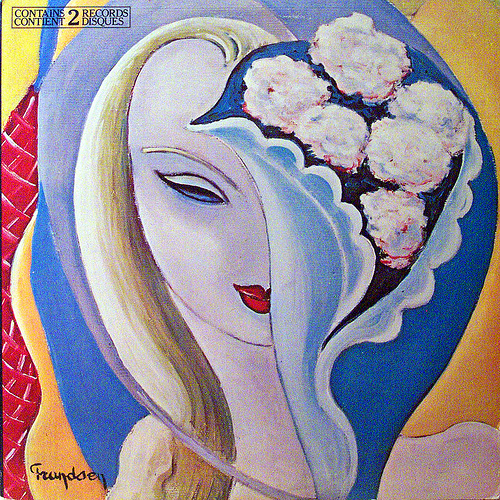
Derek and the Dominos released the double-album Layla and Other Assorted Love Songs in 1970, which also featured guitarist Duane Allman on several tracks. The presence of Allman seemed to inspire Clapton to greater heights, resulting in an album that is probably the pinacle of his career. Songs from the album include the classic rock staple Layla, as well as Bell Bottom Blues, Why Does Love Got to Be So Sad? and a cover of Jimi Hendrix's Little Wing.
Derek and the Dominos broke up in 1971, although a live album was released the following year.

Clapton: Three-Time Hall of Famer
When he was inducted into the Rock and Roll Hall of Fame as a solo artist in 2000, Eric Clapton became the first person to be inducted three times - a record he still holds today.
1970s and Beyond
Drugs and alcohol put Clapton on the sidelines in early 1970s. His next release wasn't until 1974, with the album 461 Ocean Boulevard, which contained the comeback hit I Shot the Sheriff. Clapton would have a great deal of success in the years that followed - enough to be inducted into the Rock and Roll Hall of Fame yet again in 2000, this time as a solo act - but his work as a solo artist has never equalled what he achieved in the 1960s and early 1970s as a member of some of rock music's greatest bands.

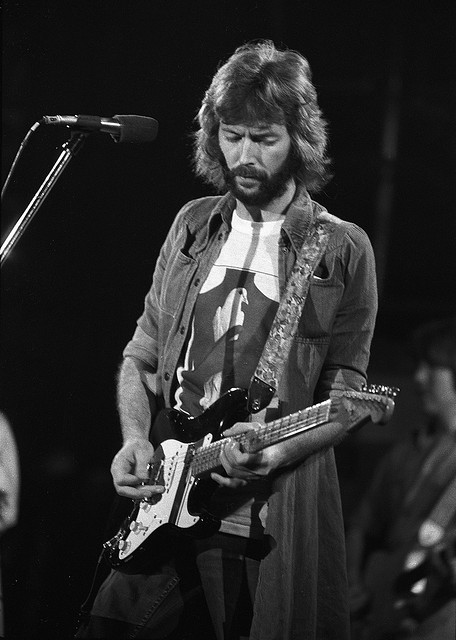
Clapton's Guitars
Like many guitarists, Eric Clapton played several guitars over course of his career, but he is most often associated with these three:
- Gibson Les Paul: used on the Blues Breakers with Eric Clapton album, and during the early Cream period.
- Gibson SG: used for many Cream recordings and concerts.
- Fender Stratocaster: first used on Derek and the Dominos' Layla album. The Strat has been Clapton's primary guitar ever since, and is the guitar he is most associated with today.
